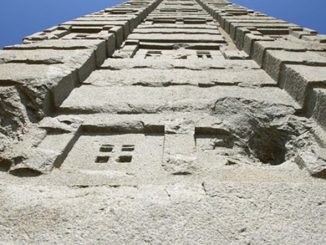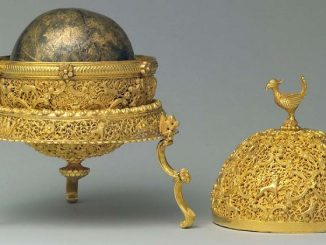Workers found hundreds of gold coins
The coins, found by laborers during renovations in the Italian town of Como, were perfectly preserved, officials said. HUNDREDS of gold coins with an “inestimable” value have been discovered buried beneath a cinema in northern Italy. The coins, found by laborers during renovations in the town of Como, were perfectly preserved, officials said.

Workers found hundreds of gold coins
Pictured are the sparkling gold coins discovered in the urnCredit: Ministry for Cultural Heritage and Activities. Luca Rinaldi, the local archeology superintendent, was delighted with the find but refused to put a value on it, The Times reported. He said: “It’s practically an entire collection, unlike anything else ever found in northern Italy. “Sometimes coins that are found are stuck together but these are all separate, it was like opening a wallet. “We are talking about an exceptional discovery.”
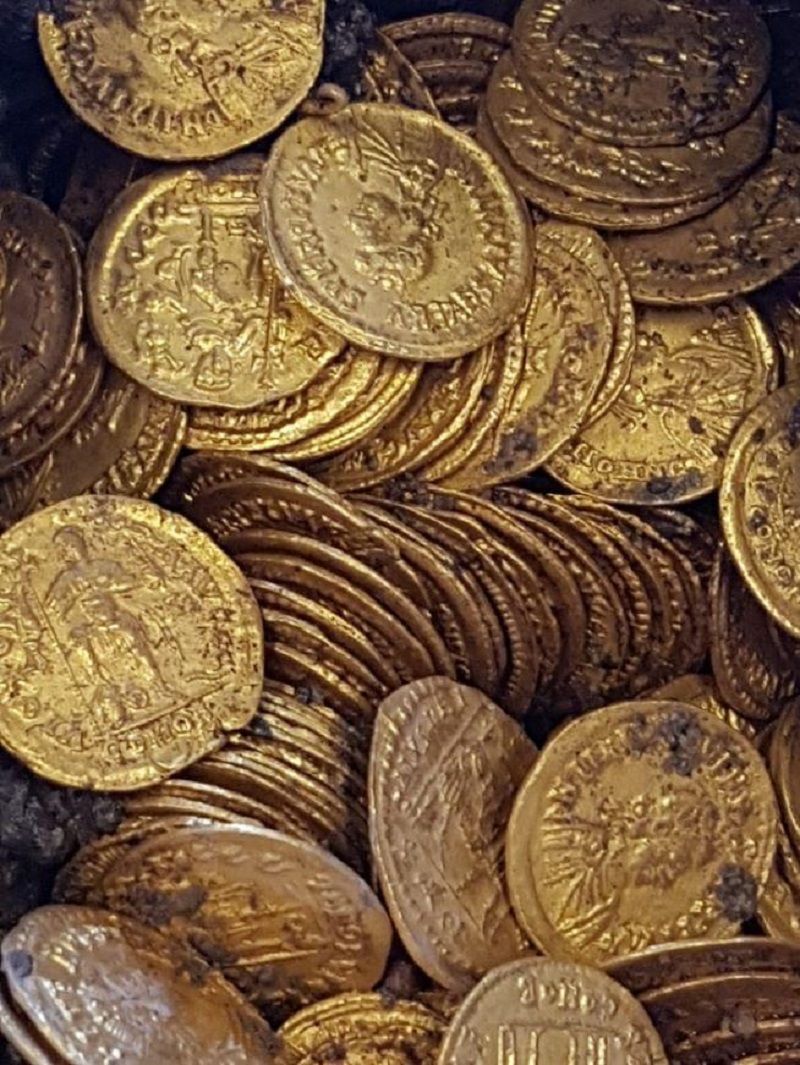 Workers found hundreds of gold coins
Workers found hundreds of gold coins
Workers found hundreds of gold coins. Officials said the find was an ‘exceptional’ discovery with an ‘inestimable’ value Credit: Ministry for Cultural Heritage and Activities
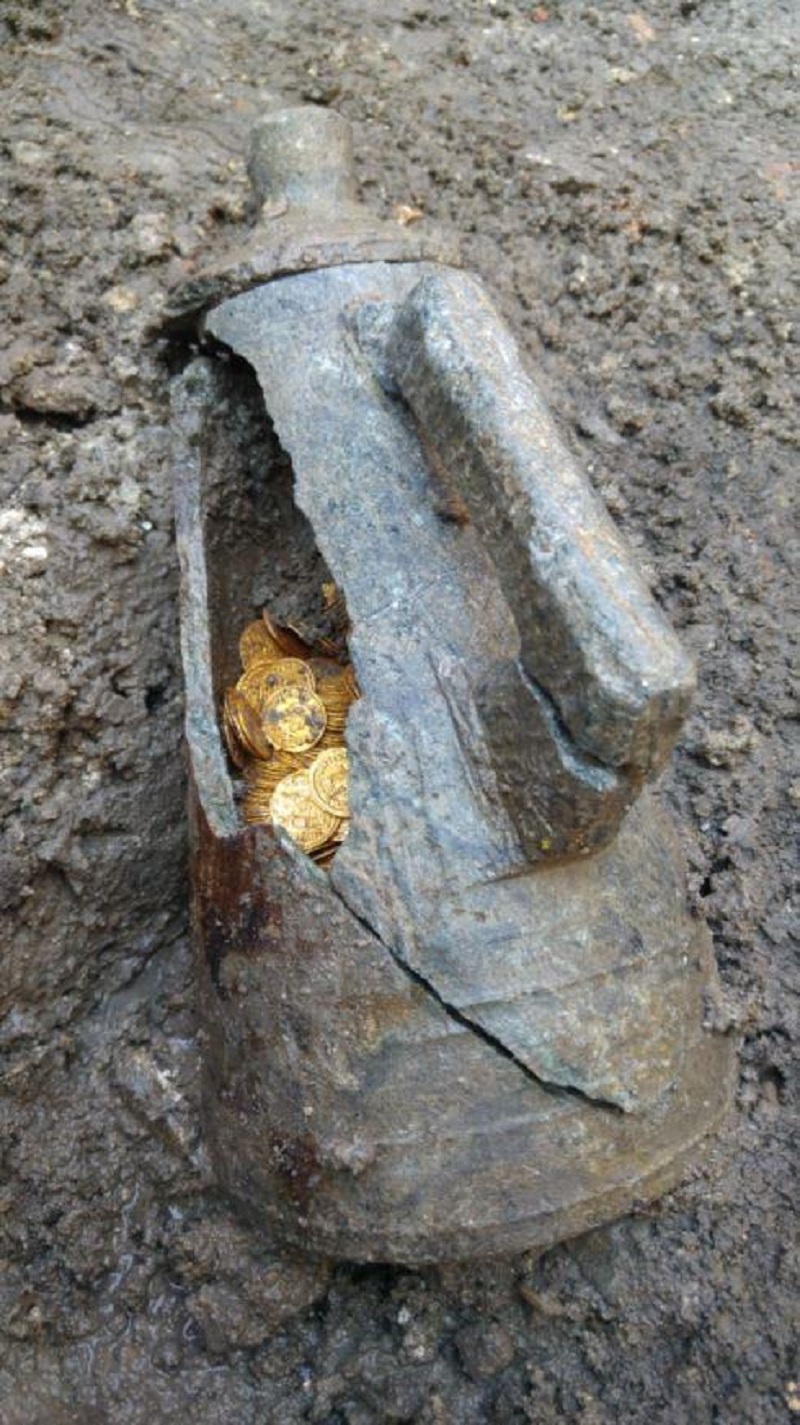 Workers found hundreds of gold coins
Workers found hundreds of gold coins
Workers found hundreds of gold coins. The discovery was made during renovations to a cinema Credit: Ministry for Cultural Heritage and Activities. Alberto Bonisoli, Italy’s Minister of Culture, said the discovery “fills [him] with pride”. According to the paper, the coins were minted in the 5th Century AD and are being analyzed at a factory in Milan. Four years ago, a treasure hunter unearthed one of the largest hoards of late Roman gold coins found — on his first outing with a metal detector. The 159 “solidi” coins date from the last days of Roman rule, making them 1,600 years old. At the time they were estimated to be worth £100,000. The novice hunter, a car salesman, had bought an entry-level metal detector and set out in the woods near St Albans, Herts, where he found the stash of gold.
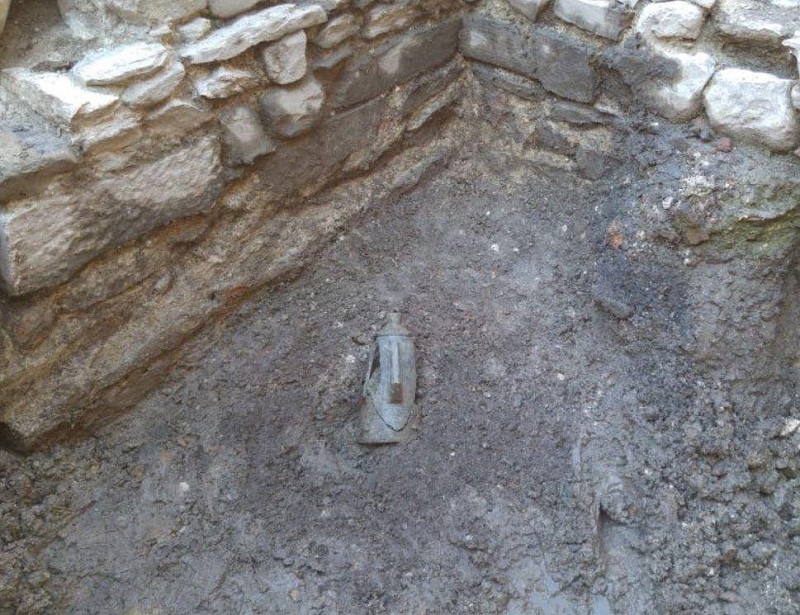
Workers found hundreds of gold coins. It’s believed the coins date back to the 5th Century ADCredit: Ministry for Cultural Heritage and Activities
